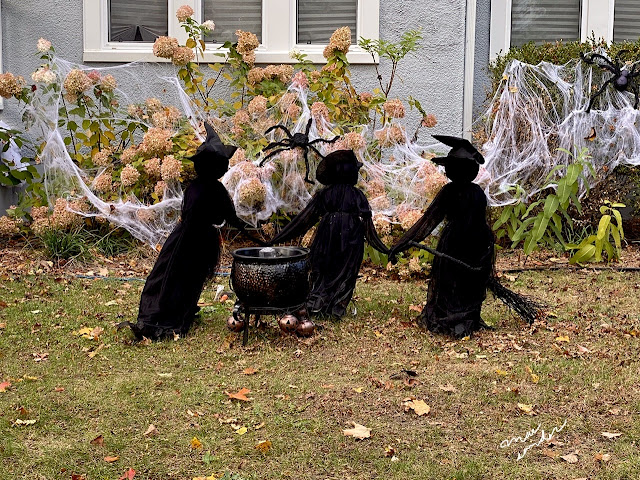 |
| George Catlin, “Mandan Village.” 1833 (Wikipedia) |

Autumn is here. As we celebrate our two American festivals, Halloween and Thanksgiving, several symbolic foods appear over and over, especially corn and pumpkins (which are a type of squash). These are both essential foods that Native Americans grew, along with another native food plant, the sunflower. and various others that are now obscure. Of course salmon in the Pacific region, wild game of all types, and other fish throughout the continent were also key foods, but the produce was the basic element of the native diet. Another Halloween food, chocolate, also originated in the New World, but was only cultivated and consumed in Mexico and other warmer climates.
Lewis and Clark among the Indians by James P. Ronda is a study of the experiences of the famous expedition of Meriwether Lewis and William Clark from 1804-1806. On our recent trip on the Columbia and Snake Rivers in Oregon, Washington, and Idaho, we passed by many of the same places that the expedition records described, though the river is much changed now, mainly by the many dams that have been built. One of our lecturers told us that one thing that was always true of the Lewis and Clark explorers was that they were hungry! The following quotations illustrate how constantly trade for food was essential to Lewis and Clark and the members of their expedition, and how the local natives at every location along the Missouri and Columbia Rivers cultivated the same basic crops:
“Earth lodges, fortifications, and extensive fields of corn, beans, and squash were all signs of the culture of the Missouri Valley villagers.”
“Welcomed into Pocasse’s lodge, the Americans sat on woven mats and were served by the chief’s wife. They were brought a bowl of beans and corn, the staple of Arikara fare.”
“For the Sioux, corn was more important than blood.”
“At that market one could find Spanish horses and mules brought by the Cheyennes, destined for Assiniboin herds; fancy Cheyenne leather clothing for Mandan dandies; English trade guns and ammunition eagerly sought by villagers and nomads alike; and the ever present baskets of corn, beans, squash, and tobacco upon which Mandan and Hidatsa economic strength was built.”
“Lewis and Clark were not the first white men to see the Mandan and Hidatsa villages and their surrounding fields of corn, beans, squash, and sunflowers.”
“The Mandan diet of beans, corn, squash, and meat appealed to him [Ordway, a diarist of the expedition], and in his simple style he reported that the Indians ‘live very well.’ Methods of storing food also attracted his attention. Villagers had long constructed elaborate underground bell-shaped food caches to preserve corn, beans, sunflower seeds, and dried squash over the winter.”
“Throughout the afternoon the expedition’s camp was filled with Indians eager to exchange corn and cornmeal bread for a variety of trade goods.”
 |
Corn and pumpkins for Halloween: these foods are still
key to agriculture, though maybe not as critical as in the past. |
American families have their own traditions for Thanksgiving: many Thanksgiving dinners end with pumpkin pie. Another tradition: the mid-20th-century recipe for Jiffy corn pudding usually repeating the identical recipe that originated as an advertising brochure from the Jiffy company in Chelsea, MI. We associate these foods with the New England settlers and the “first Thanksgiving” but in fact they were essential to Native Americans across the entire continent, all the way to the Pacific Ocean where Lewis and Clark reached the farthest extent of their voyage.
 |
Paul Kane, “Interior of a Chinook Lodge,” 1847.
Illustration from Ronda’s book. |
NOTE: I’ve written in the past about the history of Thanksgiving:
and the way that Old World traditions were adapted into American Halloween customs:
Blog post © 2021 mae sander. Illustrations as credited.




















































